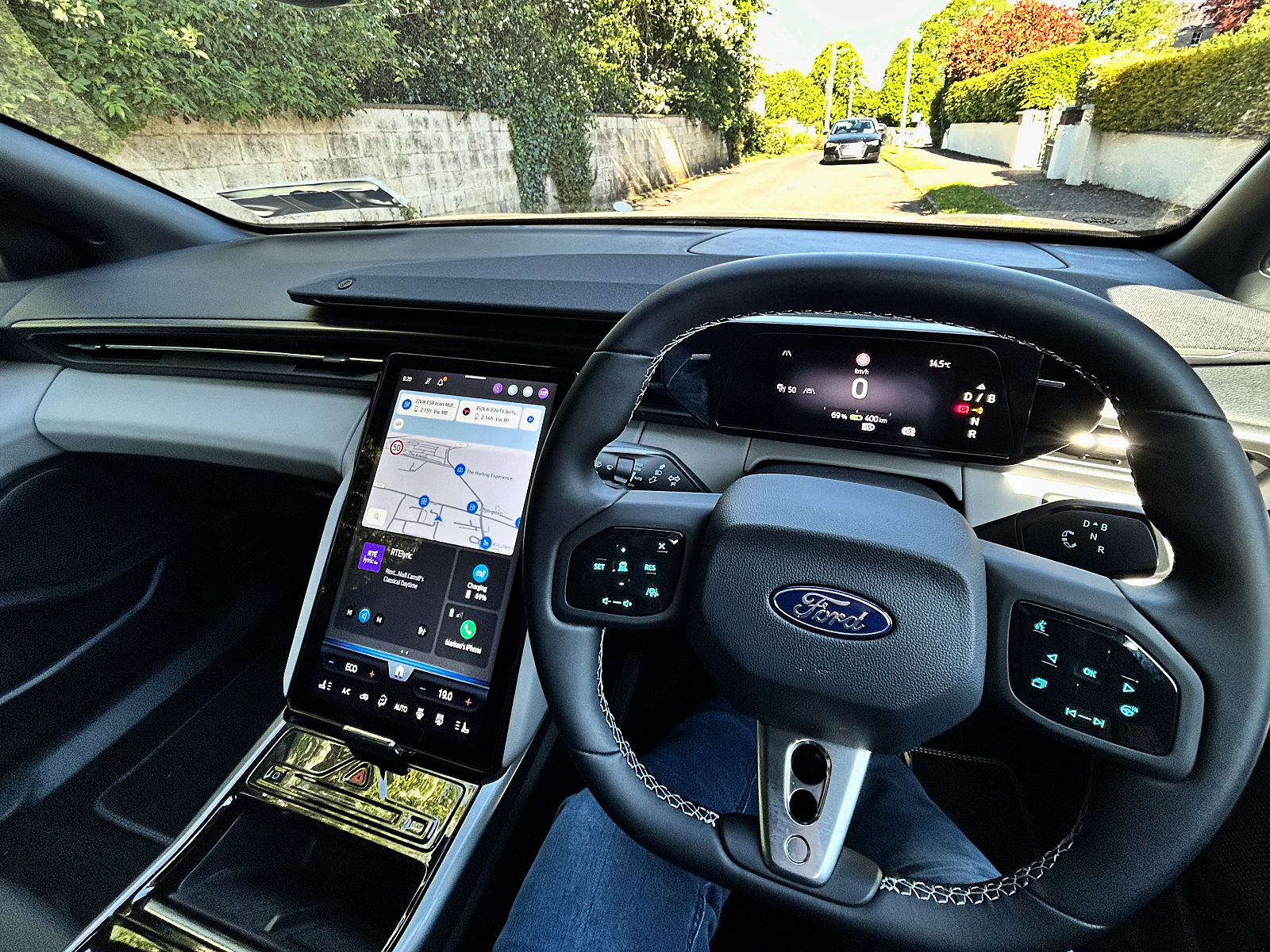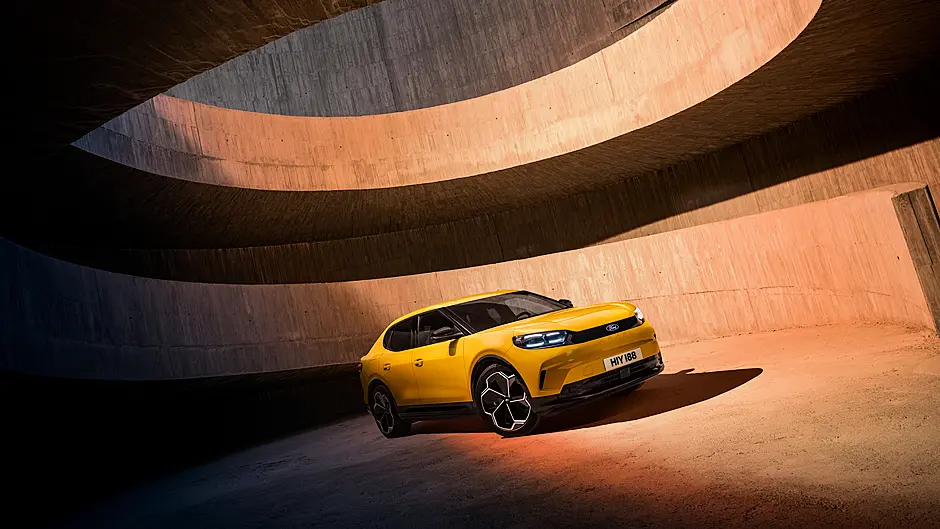BY BRIAN BYRNE
My late Auntie Carmel had one of the very first Ford Capri models. She was a stylish lady, already in 1969 a busy mother and a successful businesswoman. That Capri was designed to offer the Mk 2 Cortina saloon buyer segment something with the sexiness of the US Mustang, on a similar premise of being desirable, practical, and affordable. Long bonnet, a coupe cabin that nevertheless was an actual four-seater, albeit the two in back would be a little bit constricted.
It’s probable, just like had happened with the Mustang, that Ford weren’t anticipating the success it would have. Over almost two decades of production, some 1.9 million Capris were sold, mostly in the UK and Ireland markets. Over a similar period, the Cortina on which the car’s underpinnings were based sold 2.8 million units. Ford were on an almighty roll, the Capri sporty car with family affordability more than proving its thesis. When the nameplate was discontinued in 1986, the Capri had established a generation of owners primed for nostalgia.

Most of those for whom the latest Capri is aimed at were probably born too late to be owners of the original model, but that hasn’t stopped 21st-century Ford lauding their new and all-electric Capri as ‘The Legend is Back’. Selling cars has always been about hustling a dream; the marketing geniuses considered at least as important as the wizard engineers who design and produce the vehicles. Today, though, the magic wands of those who worked to extract as much performance as possible from various levels of arcane combustion techniques are probably losing their sorceric relevance.
The latest Capri is a good looker. There are, to this older writer’s eye, twinkle details of the one I’ve been waxing about. There’s a curve at the front of the C-pillar, which is directly reflective of the work of original Mustang and Capri designer Philip T Clark. The bonnet isn’t as long, and because it’s now a coupe SUV, it comes with a rather more stubby look, but with a real advantage of there being lots of passenger space front and rear. There’s a glaring yellow launch colour that is OTT, but in more sober paint garb like the magnetic grey, the essential elegance of the design comes through well. Size-wise, the 2025 Capri sits between the Volkswagen ID.5 and the Skoda Enyaq Coupe iV. Which is appropriate as the Ford shares the platform and running gear of those VW Group cars.
If you’ve been in a Ford Explorer, you’re in very familiar territory indeed when you get in. Clean and solid finishes throughout, the large vertical aspect centre screen low on what used to be the centre stack but now encompasses the climate, radio, and navigation elements in one virtual space. While I would always prefer real buttons and switches, in fairness, the electronic versions here are large, visible, and intuitive. Not so much, though, the VW-inspired ‘stroker’ volume control. I know people to whom doing that gives them the same feeling as if they were scraping their fingernails on an old-fashioned blackboard. Other Volkswagen links, like the transmission selector and the simple ‘pod’ of driving instrumentation, are welcome.
I mentioned space, and there’s lots of it in the back, with the coupe roofline not in any way interfering with headroom. A good boot of 572L will carry any amount of luggage for the long drive, and the range at a realistic 455 km in my review car is more than plenty. It’s a two-tonne car, but the 0-100km/h sprint can be done in 6.4s, no mean achievement (the 1.3 petrol engine in my aunt’s 1969 Capri took around 18 seconds to do it). Average efficiency is around the 17kWh/100km, again respectable for the size and weight.
So, if Auntie Carmel did a ‘back to the future’ to 2025, would she be in the market for the Capri of today? Well, she knew how to manage her pennies and pounds. She would have done her sums, and found that the RRP price of the car she had back then was the equivalent of 41 weeks’ gross wages of the time, while the 2025 Capri with all the extra gear and a phenomenally greater performance slots in at 47 weeks’ wages in today’s money. She’d have been thinking ... maybe yes, for it’s still a good deal even with those extra six weeks?










